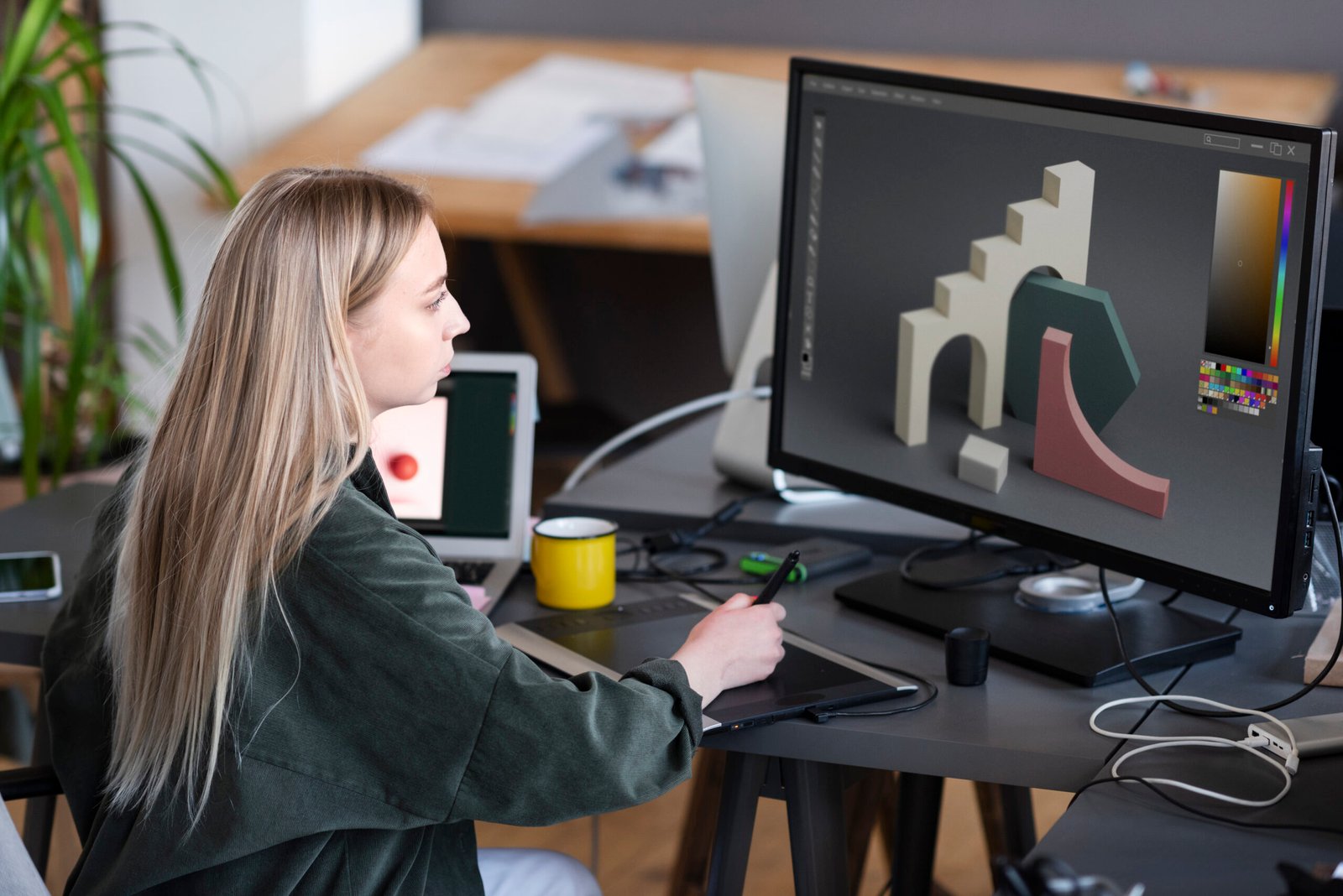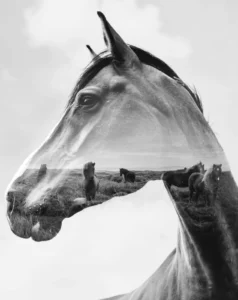Mastering light, contrast, and texture in professional photography is key to creating visually compelling images. Multiple exposure blending is a technique that allows photographers to push these boundaries, creating stunning visual compositions that capture a broader range of tones and details. While the practice has been around for some time, technological advances have made it more accessible and integral to professional photography.
1. Capturing a High Dynamic Range (HDR) Effect
One of the most important reasons professional photographers use multiple exposure blending is to create images with a high dynamic range. This technique allows photographers to combine several exposures of the same scene, each taken at different exposure levels, into a single image. The result is a photograph that contains a wider range of brightness levels, from the darkest shadows to the brightest highlights.
In a single exposure, a camera might either overexpose the highlights or lose detail in the shadows. By blending multiple exposures, a photographer can capture all the intricate details, providing a well-balanced image with rich tones. This is particularly important in fields like real estate and landscape photography, where lighting conditions can be unpredictable or where there is a need to show both bright skies and detailed interiors or landscapes.
2. Improving Lighting Control with Multiple Exposure Blending
Lighting is one of the most challenging aspects of photography, especially when working in outdoor or uncontrolled environments. Multiple exposure blending gives professional photographers more control over lighting in their images. Instead of relying solely on artificial lighting or waiting for perfect natural light conditions, photographers can shoot multiple exposures and blend them to create the desired lighting effect.
For instance, in architectural photography, there might be areas of a building that are underexposed while others are overexposed due to uneven lighting. By using multiple exposure blending, photographers can adjust and combine various light sources, creating a balanced image where every part of the scene is evenly lit. This control can save time during the photo shoot and in post-production, ensuring that the final image is polished and professional.
3. Enhancing Detail and Texture with Multiple Exposure Blending
Multiple exposure blending is a powerful tool for enhancing detail and texture in photographs. By capturing multiple shots at different exposure levels, photographers can highlight fine details in the shadows, midtones, and highlights. This level of detail is crucial in many professional settings, such as product photography, where every texture and nuance must be visible.
For example, when photographing jewelry or intricate items, the technique allows photographers to maintain the sparkle of the gems while also retaining the intricate textures of the metalwork. This balance would be difficult to achieve with a single shot due to the reflective nature of these objects. With multiple exposure blending, the final image can be a sharp, richly detailed product photo that stands out.
4. Creating Artistic and Unique Visuals
Professional photographers are always seeking new ways to push their creativity and differentiate themselves in the market. Multiple exposure blending opens up numerous possibilities for artistic expression. By combining exposures creatively, photographers can introduce surreal elements, blend motion with stillness, or play with different color temperatures to achieve a unique visual aesthetic.
This creative flexibility can be especially useful in portrait photography or fine art photography, where capturing emotion and mood is just as important as capturing technical accuracy. By blending exposures, photographers can create dreamy, ethereal images or add subtle motion to their subjects, making the final photograph more engaging and emotionally resonant.
5. Reducing Noise and Improving Image Quality
In low-light conditions, even the most professional cameras tend to introduce noise or grain into images. Multiple exposure blending can help reduce noise by averaging the pixel values from several shots. When multiple exposures are combined, the noise from each exposure cancels out, resulting in a cleaner, crisper final image.
This technique is especially useful in night photography, astrophotography, or indoor photography, where low-light conditions can challenge even the most seasoned photographers. By using multiple exposures, photographers can maintain high image quality without sacrificing detail or clarity due to noise reduction algorithms, which often soften the image.
Conclusion
Multiple exposure blending is more than just a technical trick—it is an essential tool in the professional photographer’s arsenal. From enhancing dynamic range and controlling lighting to reducing noise and creating artistic visuals, this technique offers a range of benefits that elevate the quality of photography. Whether working in landscape, portrait, or product photography, mastering multiple exposure blending can help professionals produce images that are not only visually stunning but also technically superior.




